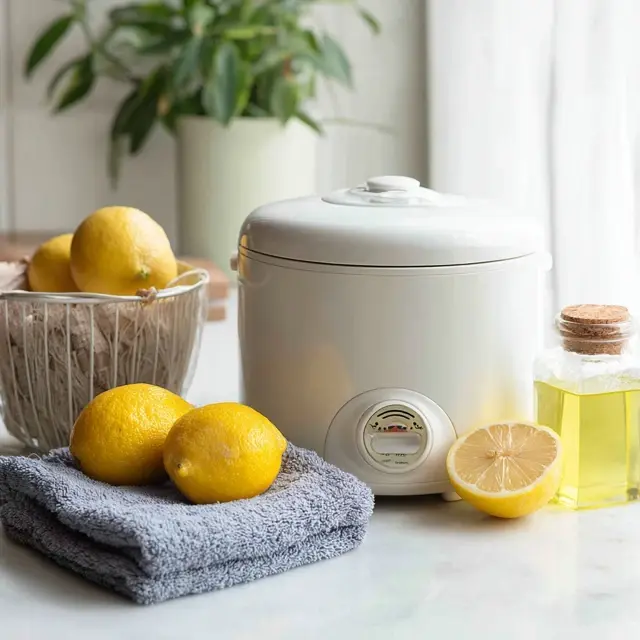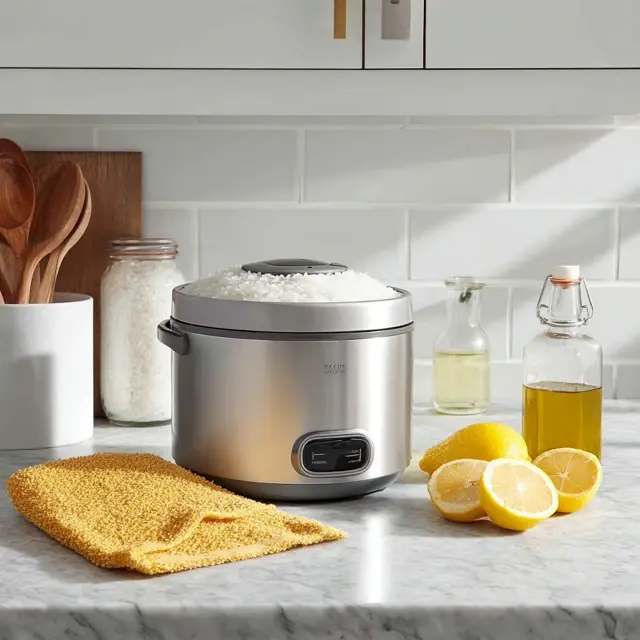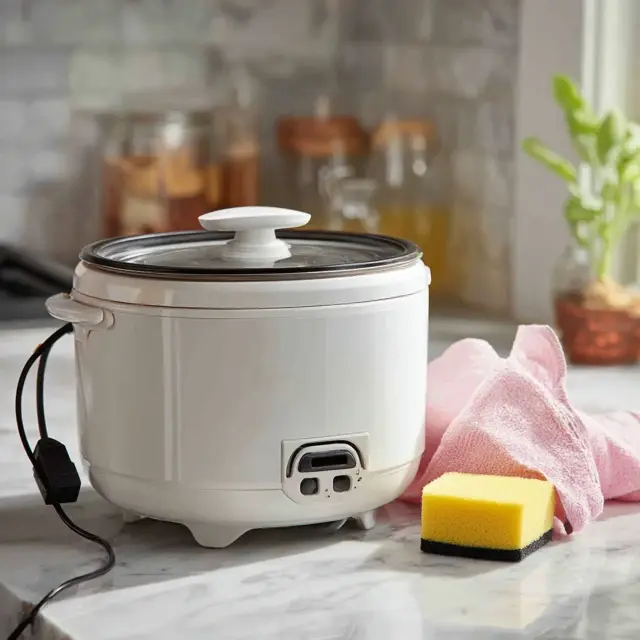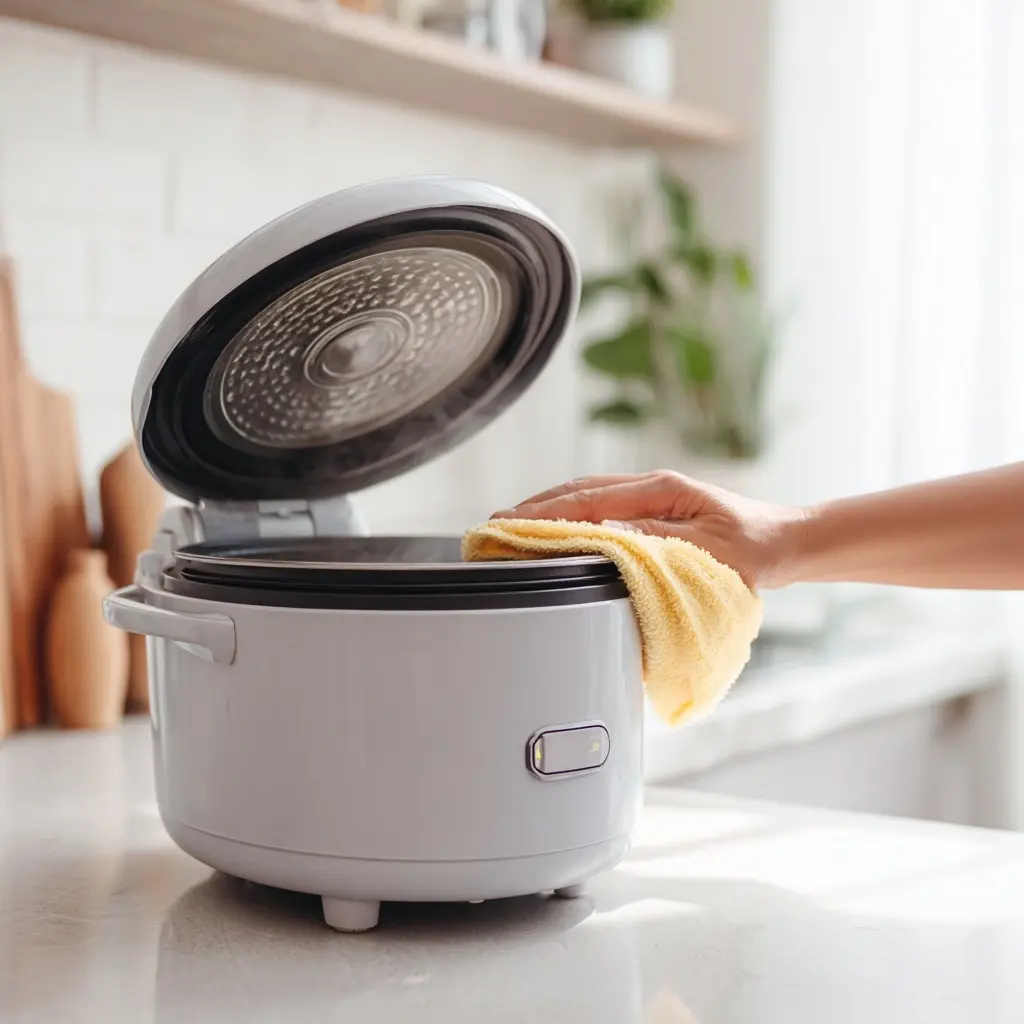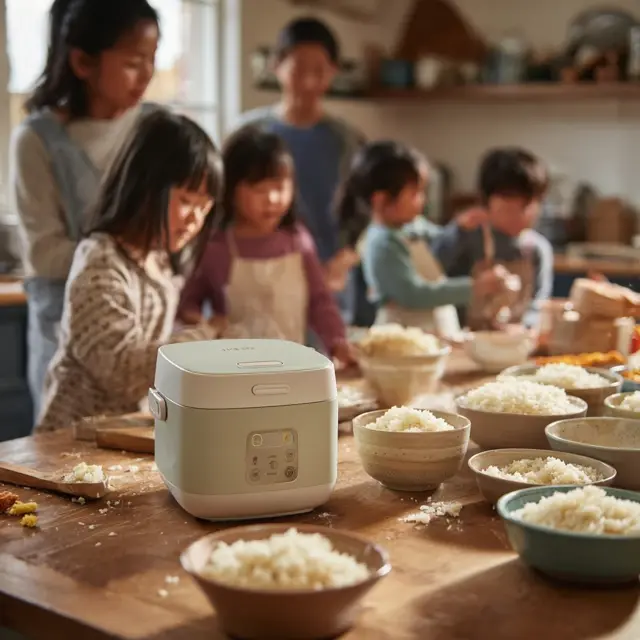Keeping Your Rice Cooker Small Free of Bacteria
A rice cooker small simplifies cooking, but without proper care, it can quickly become a breeding ground for bacteria. Moisture, food residue, and poor storage habits are common culprits. To keep your meals safe and your appliance hygienic, it’s important to adopt a cleaning and care routine designed to prevent bacterial growth.
Why Bacteria Build Up in Rice Cookers
Bacteria thrive in warm, moist environments—exactly the conditions left behind in a rice cooker small after cooking. Common causes include:
- Leaving leftover rice inside for hours
- Not drying the pot or lid thoroughly
- Neglecting hidden parts like the steam vent or condensation tray
- Improper storage in damp or enclosed spaces
Daily Cleaning Habits to Prevent Bacteria
1. Wash Immediately After Use
Clean the inner pot, utensils, and lid as soon as possible after cooking. This prevents residue from hardening and discourages bacteria growth.
2. Wipe Down Hidden Areas
Don’t forget to wipe the lid edges, steam vent, and condensation collector. These areas often trap moisture where bacteria can grow unnoticed.
3. Dry Thoroughly
Always ensure every part of your rice cooker small is completely dry before reassembly or storage. Moisture is the fastest route to contamination.
Sanitizing Methods for Extra Protection
For added peace of mind, use natural sanitizing solutions that are safe for cookware:
- Vinegar rinse: Mix equal parts vinegar and water, run a short cycle, then rinse thoroughly.
- Lemon water steam: Boil lemon slices in water to disinfect and freshen the cooker.
- Baking soda solution: Use as a gentle scrub to eliminate bacteria and odors.
Safe Storage Practices
How you store your rice cooker small affects its hygiene:
- Leave the lid slightly ajar after cleaning to prevent trapped moisture.
- Store in a cool, dry place away from humidity.
- Remove the power cord (if detachable) before storage to avoid condensation buildup inside.
Warning Signs of Bacterial Growth
Check regularly for:
- Unpleasant odors despite recent cleaning
- Sticky residue in hidden crevices
- Visible mold around the lid or steam vent
- Rice that spoils unusually fast
Final Thoughts
Keeping your rice cooker small free of bacteria is about consistency. With immediate cleaning, thorough drying, and occasional sanitizing, you’ll enjoy safe, healthy meals every time. Small daily efforts make a big difference in protecting both your appliance and your family’s health.
Related reading: Explore our Rice Cooker Small Hygiene Tips for more detailed guidance.
